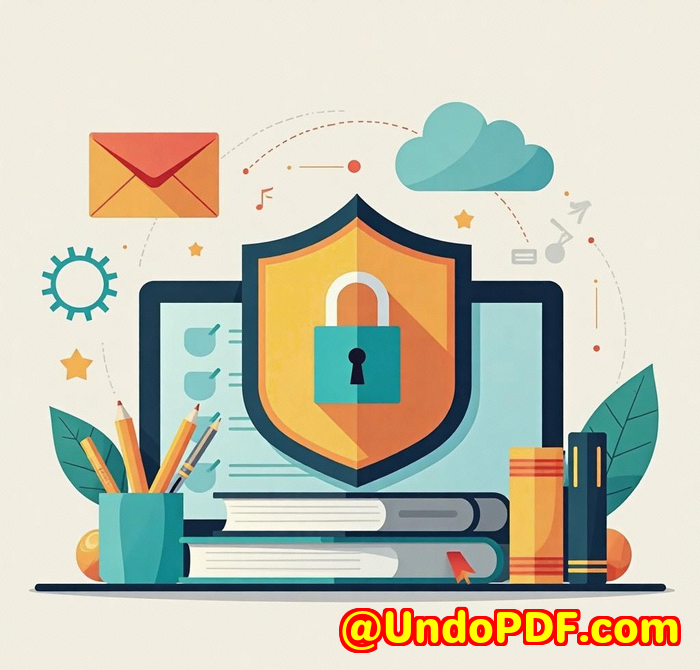How VeryPDF JavaScript PDF Annotator lets educators markup and protect course packs without breaking copyright or their schedule
Grading digital papers shouldn’t feel like a hostage situation. Here’s the tool that finally makes PDF annotation painless for teachers.

Every exam season I’d watch colleagues juggle a dozen PDF copies of the same paper, scribbling feedback in four different apps and praying those notes didn’t leak before grades were published.
The nightmare peaked when a copyrightprotected journal article ended up on an open Google Drive foldercue a flurry of takedown emails and a very stressed IT department. We needed a better way to annotate PDFs online, keep everything locked down, and still hand work back fast.
The moment I stumbled across VeryPDF’s JavaScript PDF Annotator
I wasn’t hunting for another pluginhonestly, I’d tried them all. But a fellow lecturer sent me a demo link that opened directly in the browser, no extensions, no weird installer.
Ten minutes later I’d marked three essays on my iPad, switched to a Windows desktop, and the highlights synced instantly. That frictionfree hop between devices sold me.
What the tool actually is (in real words)
-
Pure HTML5/JavaScript viewer + annotator: Runs in Chrome, Safari, Edge, even the dusty lab PCs running Firefox ESR.
-
Sourcecode licence: Our dev team dropped the widget straight into the campus LMS. No blackbox mystery.
-
50+ file types: PDFs, Word docs, CAD drawingshandy when the engineering faculty joins the party.
Target crew?
-
University lecturers drowning in coursework PDFs.
-
Instructional designers who package copyrighted readings.
-
IT admins guarding the institution’s licence compliance.
The three features that saved my Monday mornings
-
Annotation layers & “burnin” export
I can leave private markers for my eyes only, then flatten the public comments before releasing grades. Stops students peeling back hidden layers.
-
REST hooks for permissions
Our server decides who can view, comment, or download. A postgrad TA sees only the marking rubric; the professor sees everything. No accidental oversharing.
-
Native text rendering & search
I drop a 300page textbook in there, hit CtrlF, and jump to every mention of “Laplace transform” in seconds. Acrobat used to choke on the same file.
Time saved? Roughly an hour per batch of 40 papers. That’s one extra coffee with the stats department instead of wrestling bookmarks.
Why I binned the old tools
| Old setup | VeryPDF win |
|---|---|
| Desktoponly editorVPN required | Any browser, any OS |
| Comments exported as separate file | Annotations baked into the PDF |
| No peruser permission granularity | Rolebased access via REST |
Competitors talked big about AI grading; I just needed solid, predictable annotation. VeryPDF stayed in its lane and nailed it.
Wrapping it up
If your week revolves around marking, moderating, or sharing copyrighted course materials, this widget plugs the holes without a learning curve. I recommend grabbing the sourcecode licence, tossing it into your LMS staging site, and seeing how many papers you can annotate before the kettle boils.
Try it here: https://veryutils.com/html5-pdf-annotation-source-code-license
Free demo, no credit card, let it earn a place in your toolbox.
VeryPDF custom developmenttailored to your campus
Need a virtual printer that turns every lab print job into a secured PDF? Want OCR that recognises 19thcentury German Fraktur? VeryPDF’s engineers build bespoke utilities across Windows, Linux, macOS, Android, and iOS. They craft C++, Python, .NET, or JavaScript solutions, spin up cloud converters, add digitalsignature workflows, or stitch barcode recognition into your existing systems. Hit the support centre (http://support.verypdf.com/) with your wishlist and they’ll scope it.
FAQ
Q1. Does it protect DRMrestricted PDFs?
Yes. Permissions follow the file; burnedin annotations don’t expose original text layers.
Q2. Can multiple markers work simultaneously?
Absolutely. Each user’s notes stack in separate layersgreat for double marking.
Q3. What about tablet handwriting?
Freehand pencil mode works on iPad Safari and Android Chrome. I use an Apple Pencil daily.
Q4. Is student data stored offsite?
Not unless you want it to be. Host the annotator onpremise; the REST API keeps files inside your firewall.
Q5. How hard is integration?
Our dev spent half a day dropping the viewer into Moodle. Clear docs plus full source made it straightforward.
Tags: pdf annotation, secure course materials, javascript pdf viewer, educator productivity, verypdf annotator